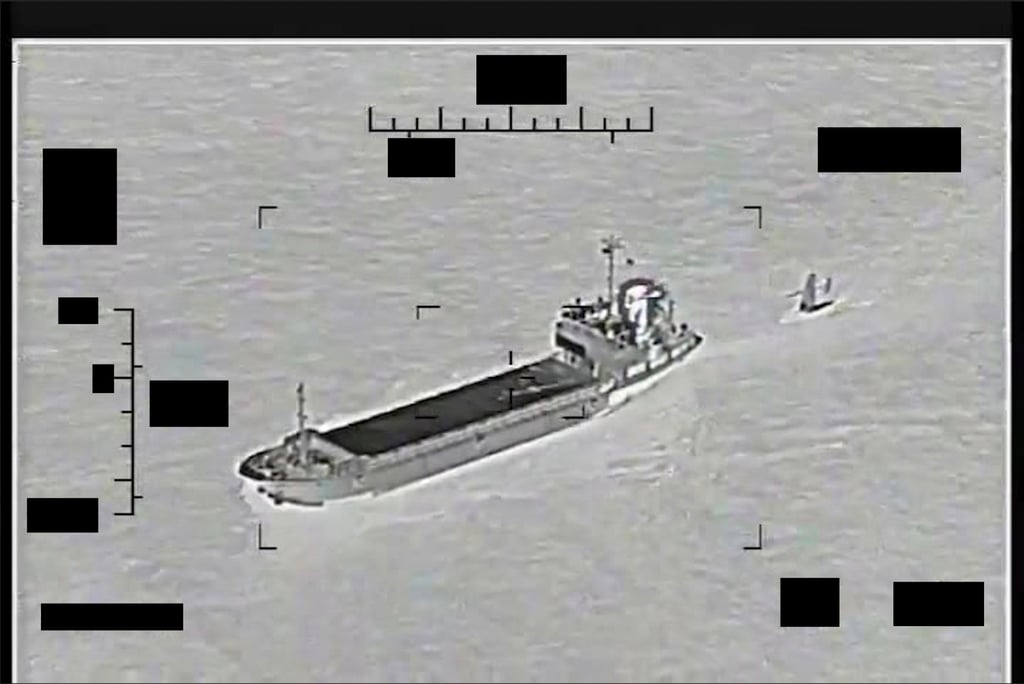Opinion | US-Iran sea drone dispute highlights vast scope for conflict over unmanned vessels
- The US says Iran was trying to capture the unmanned surface vessel, while Tehran claims it was trying to ensure safety of navigation
- With the US updating its commander’s handbook to categorise such unmanned vessels as warships, there are likely to be more similar incidents in the Gulf and elsewhere

The navy says its Saildrone Explorer was unlawfully taken from international waters in the Persian Gulf. After being told that the drone was US government property and that it wanted it back, the Iranian naval support ship towing the USV released it. General Michael Erik Kurilla, commander of US Central Command, said, “This incident once again demonstrates Iran’s continued destabilising illegal and unprofessional activity in the Middle East.”
But Iran may have had good reasons for what it did.
A Saildrone Explorer is a wind- and solar-powered USV capable of collecting scientific data for up to 12 months. The vessel in question is a militarised version that has been deployed as part of Operation Sentinel – a multinational task force established to “increase surveillance of and security in key waterways in the Middle East”.
Iranian news reports said the unmanned vessel’s “navigation system had failed” and that the device posed a danger to international shipping. It is a customary duty of mariners to remove such hazards. After being told that the device belonged to the US Navy, the Iranians explained their concern regarding its threat to the safety of navigation and returned it. From Iran’s perspective, this was not an attempted theft but a professional contribution to the safety of navigation.

The US may also have been legally wrong in its claims and actions. This partly depends on exactly where the Saildrone was when Iran took control of it. Iran’s claim to an exclusive economic zone encompasses a large portion of the Gulf and the drone may have been within its EEZ.

